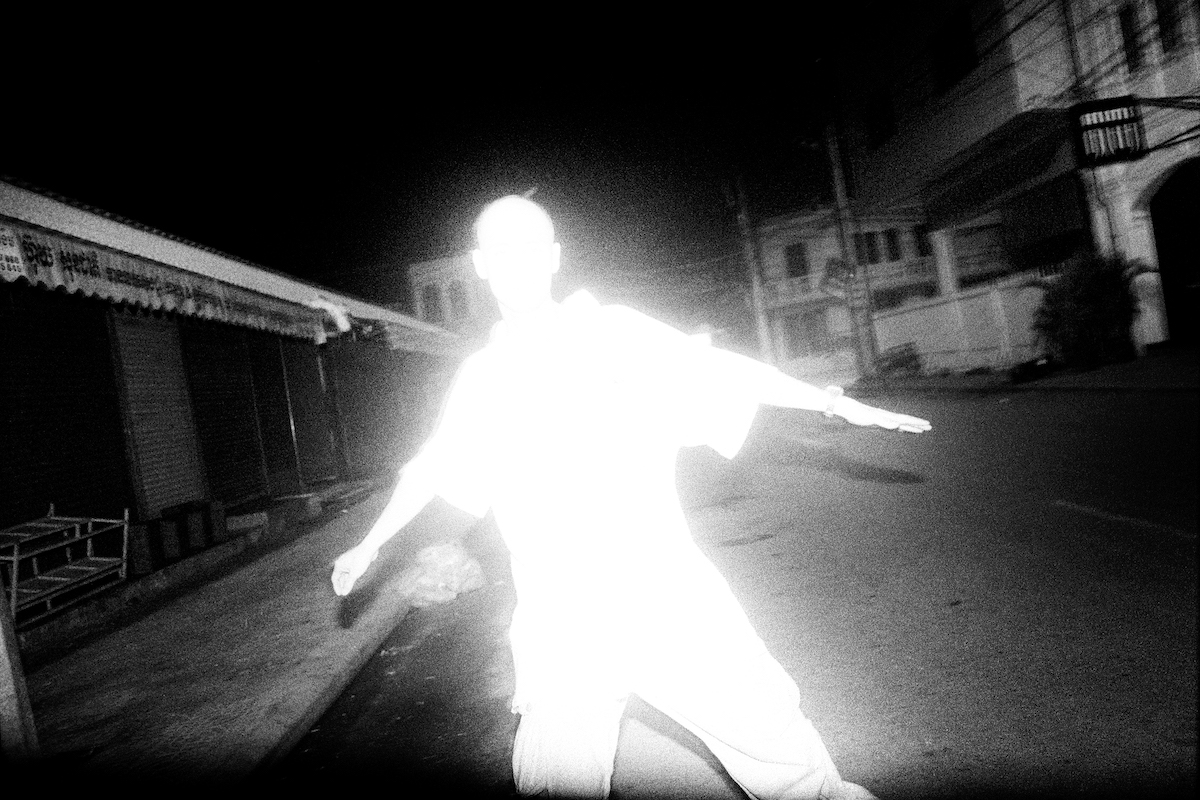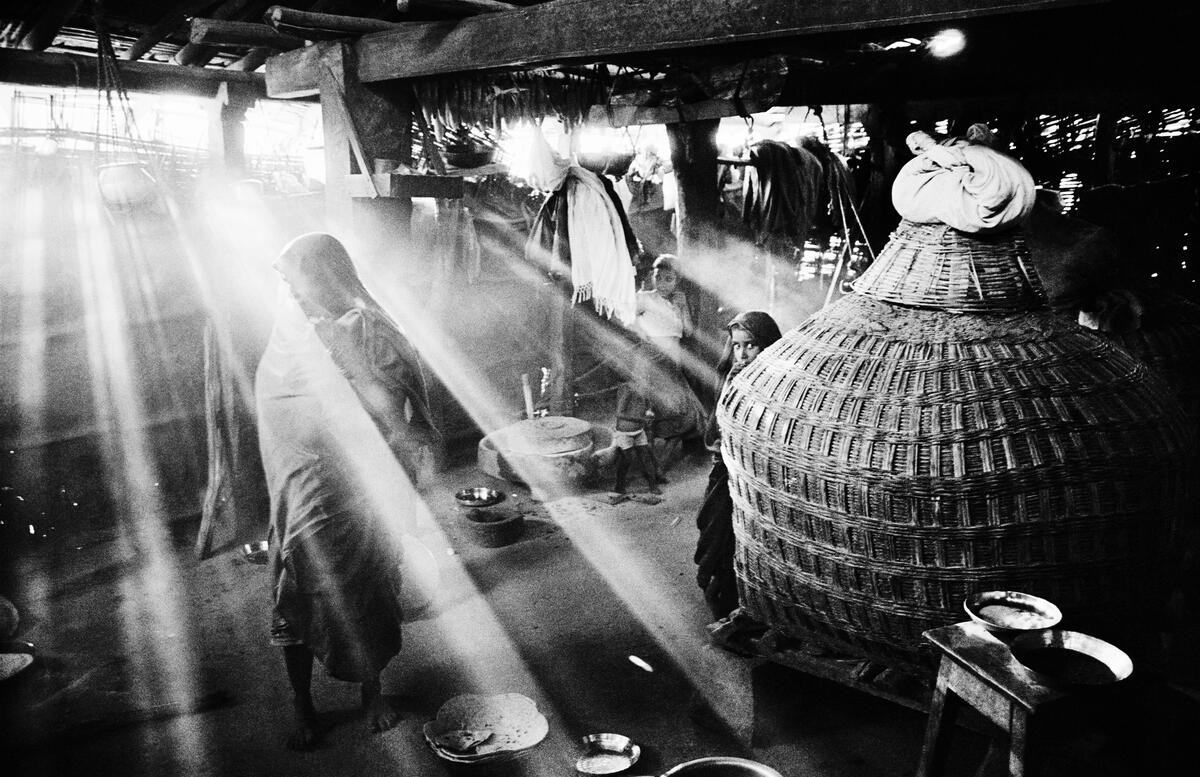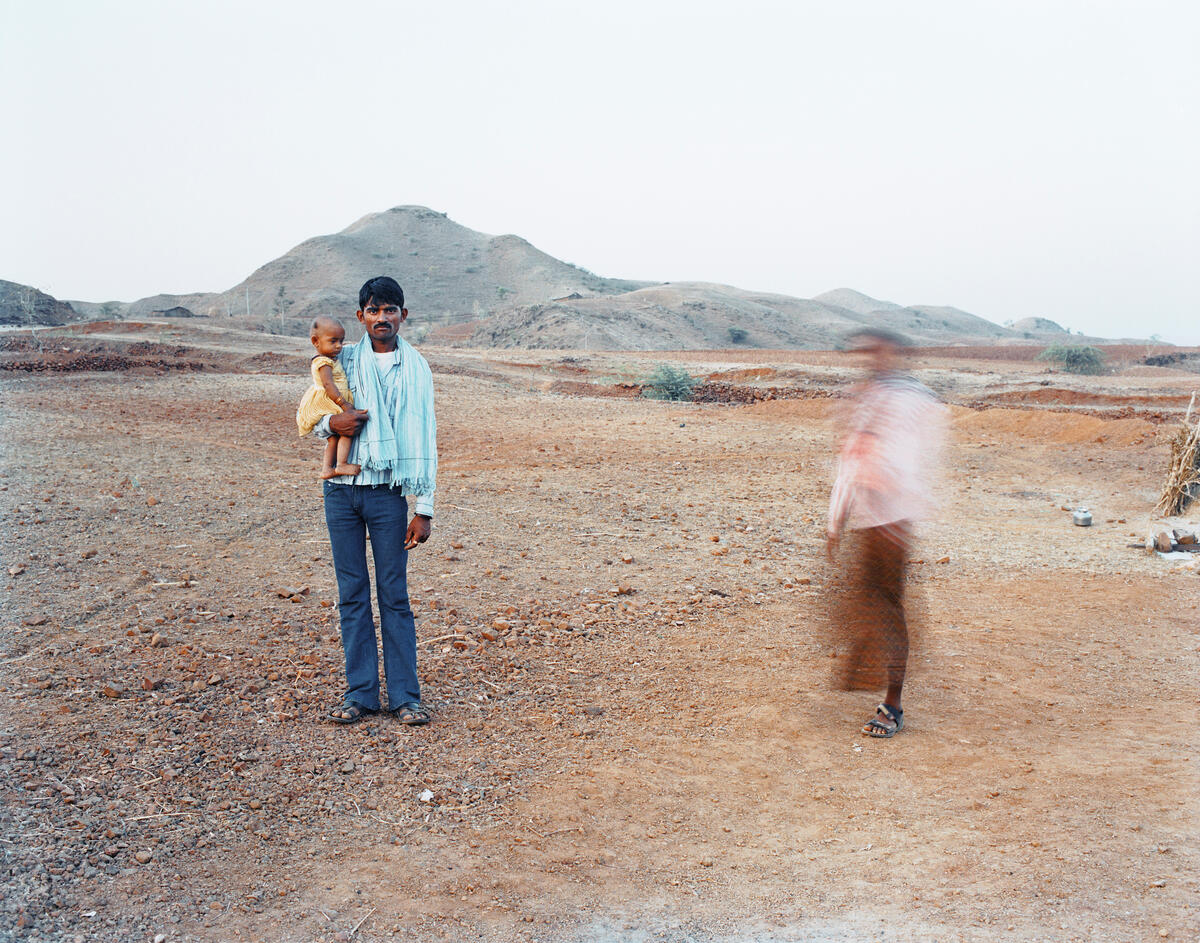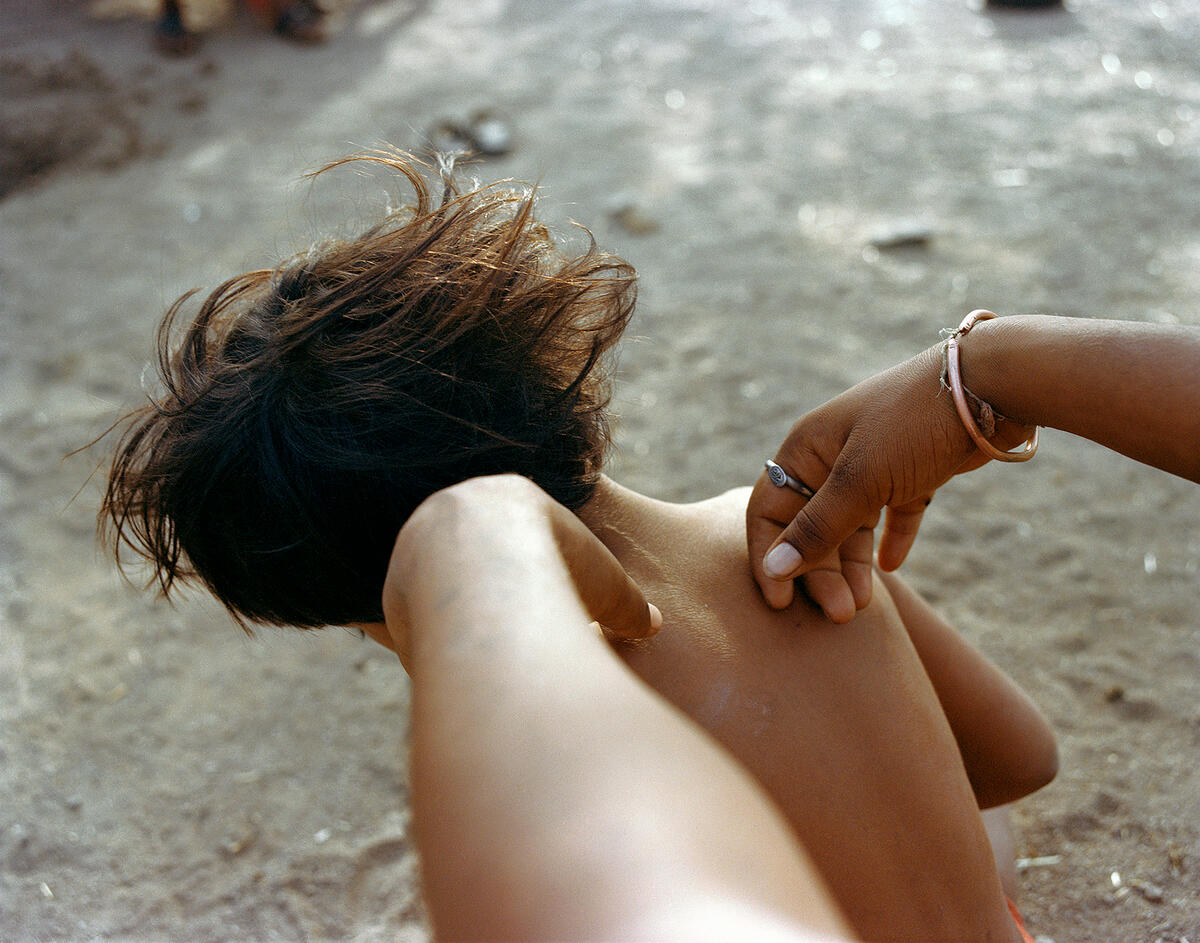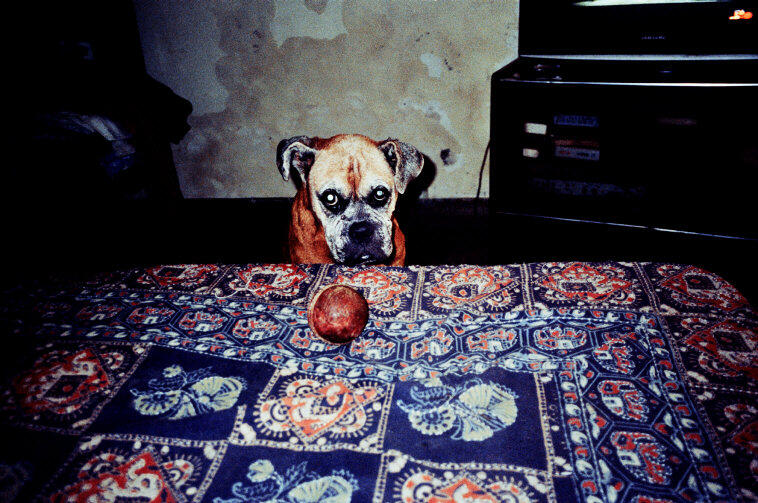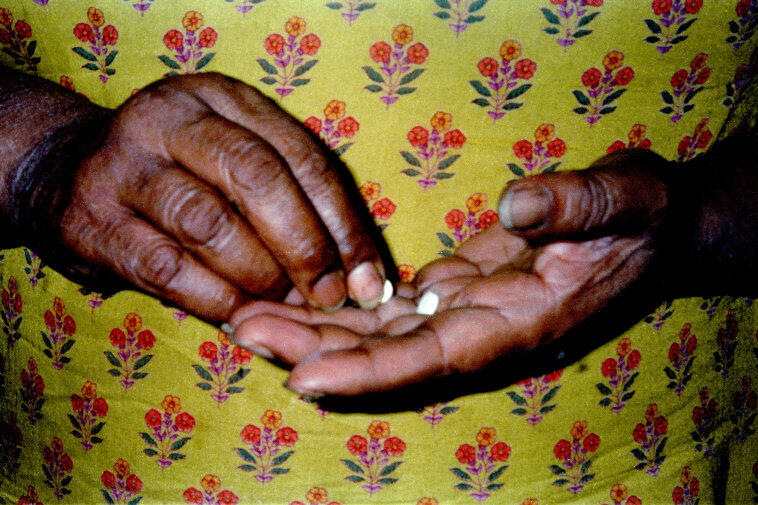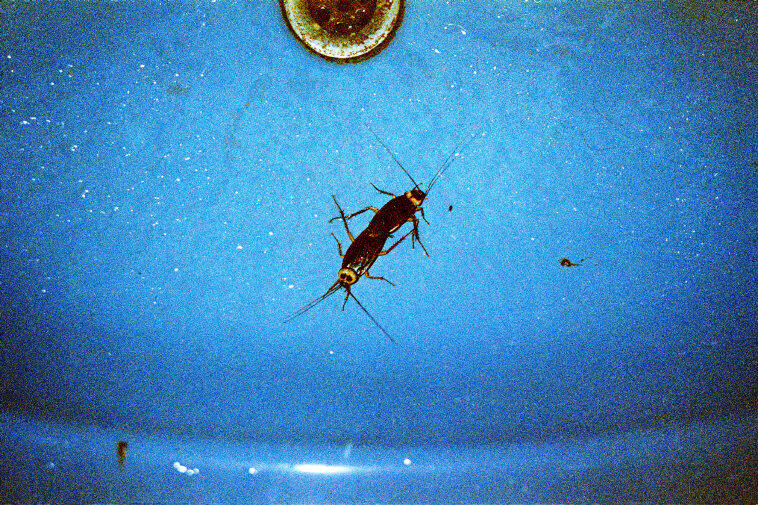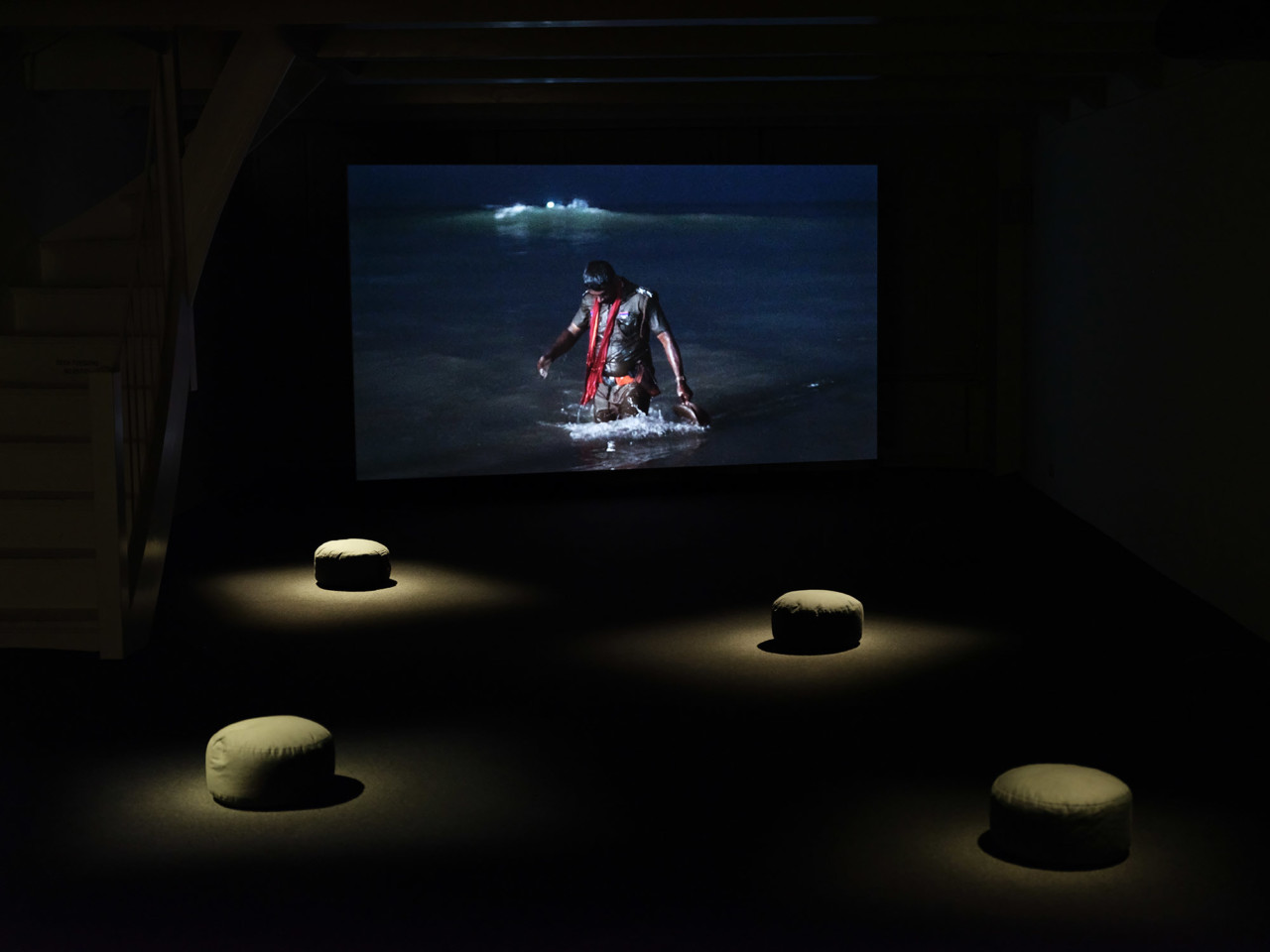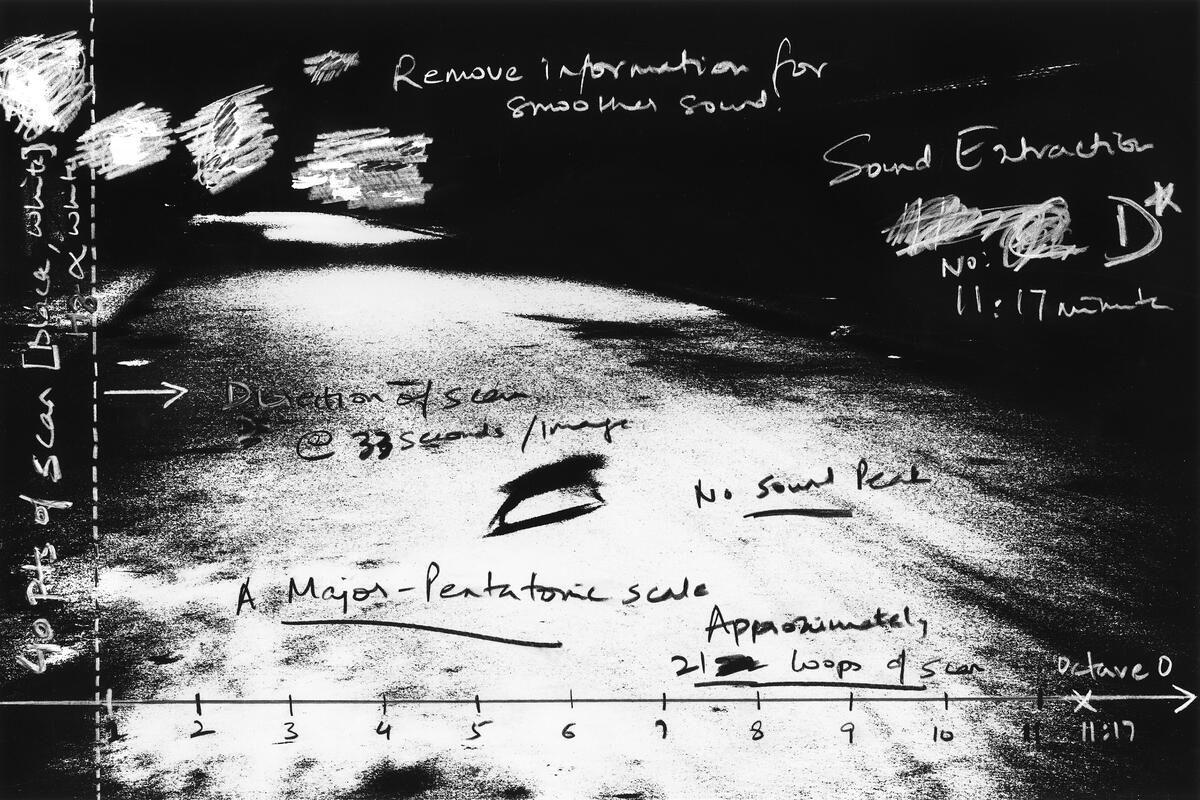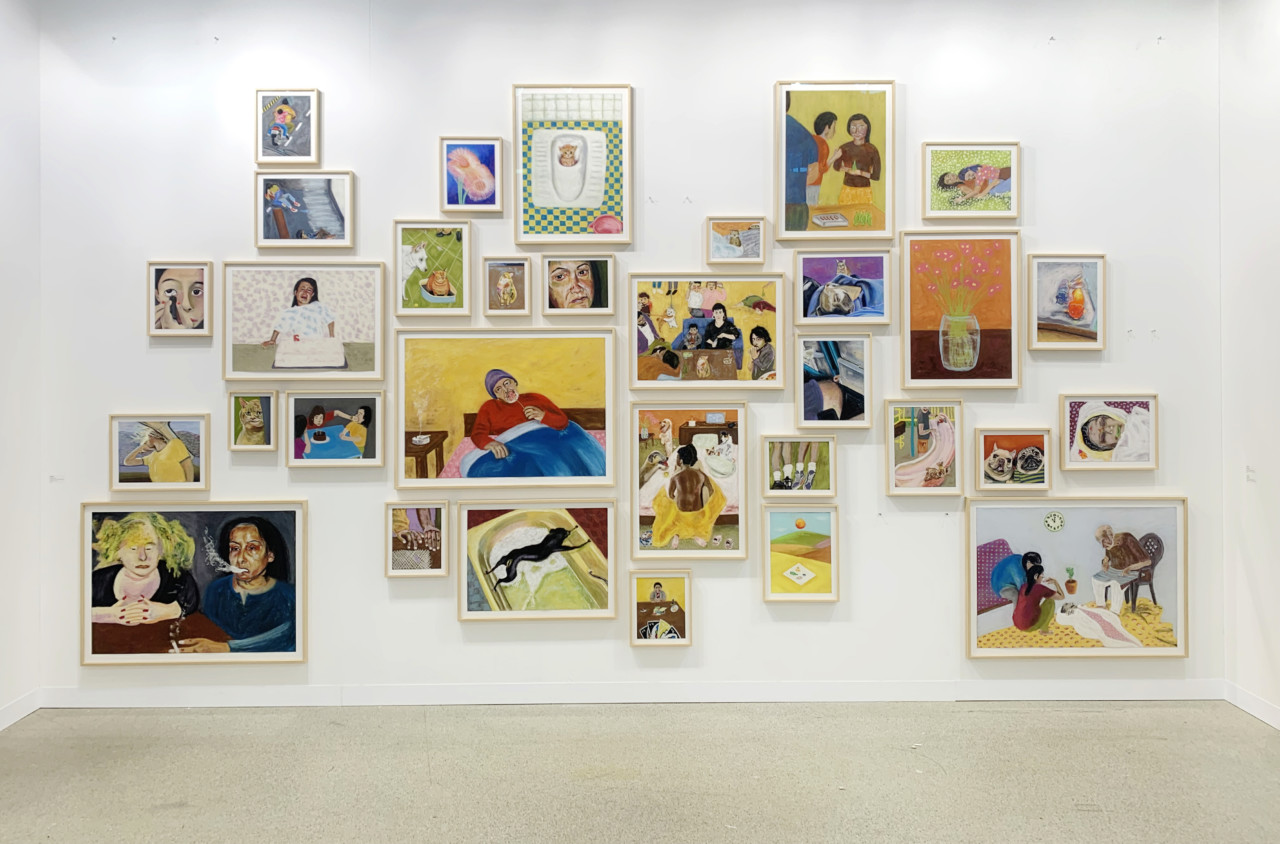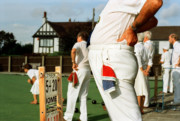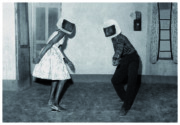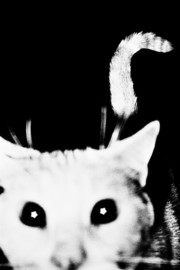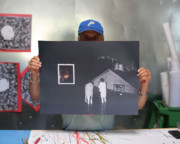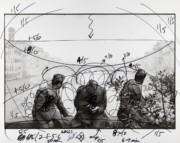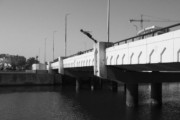What to Do If You Are Stuck in a Creative Rut
Ahead of his upcoming workshop in Albania, Sohrab Hura opens up about his changing relationship with photography, how his artistic practice has expanded over the years, and what to expect from his unique workshop
“I’ll be honest. I have a very awkward relationship with photography,” writes Sohrab Hura in a message to future participants of his upcoming five-day workshop, Disruptions. “Sometimes I’m absolutely in love with it, mostly it frustrates me to no end.”
Hura was born and grew up in the small town of Chinsurah in West Bengal, India. After completing a master’s degree in economics at the Delhi School of Economics, he turned to photography. “I started photography because I was not in a good space and making photographs and knowing and feeling that they had touched someone, made me feel like I existed. Just for a moment, but it was enough at a time when I felt completely invisible.”
His first photographic projects, The River and Land of a Thousand Struggles were both works of social documentary, shot in 2005 and 2006. While The River explored three cities along the river Ganges and its tributary, Land of a Thousand Struggles documented a grassroots movement in rural India. “I worked on it more out of a moral obligation than anything else,” he wrote of the projects years later. “At that time, I still believed that photography could elicit change and that way of thinking affected how I photographed.”
"I’m self-taught, I get inspired, I learn, I unlearn. Each work needs to follow the situation, the space, the purpose."
-
But as time went by, Hura started to move away from social documentary, turning his gaze inward and focusing on issues that reflect his personal experience. “Over the years as I grew as a photographer, that feeling of love slowly became a feeling of love-hate, as I hope it is for any relationship that is alive and constantly changing. I had to figure a way out to keep at it.”
He began to create visual journals of his life and personal relationships, a practice which over the years has developed into myriad forms. “I’ve made photographs, photobooks, films (many of them out of photographs), sound work (also some of them out of photographs), I’ve been drawing and of late I’ve started painting as well.”
“While it may all seem different at first, they are all connected in a way that they are drawn from photographs, at least in part if not in entirety. I don’t think I would have been able to do any of it if I had not been the photographer that I am.”
Based in his studio in Delhi, Hura has seen himself gravitate away from the camera and towards alternative art forms and visual language such as painting — a shift not uncommon to Magnum photographers with Cartier-Bresson himself discontinuing photography to turn to painting in the 1970s. In a solo show at the Experimenter – Colaba in Mumbai, on view until March 16, his series Ghosts in My Sleep explores his engagement with the image through small paintings, pastel drawings, and a short film.
In a prior interview with Magnum about his non-photographic sources of inspiration, Hura spoke about the need for flexibility in his creative approach: “Bruce Lee and the idea of ‘taking the shape of water’ is one of those points that has affected the way I see photography. I’m self-taught, I get inspired, I learn, I unlearn. Each work needs to follow the situation, the space, the purpose. It needs to fill the vessel.”
“I think my main work is really of editing,” he continues now. “I see that in whatever I do. And this editing process is never fixed, my work always grows forward in a non-linear zig-zag manner. It expands and then I shrink it down and then over time I expand it again and then shrink it again and that it how it goes. In a world where there is a growing expectation to fix meanings, I’m interested in unfixing meanings within my works.”
In April, Hura is one of the six Magnum photographers hosting a five-day workshop in Tirana, Albania. Titled Disruptions, his workshop is designed for photographers and visual artists alike, especially those who feel as though they may be stuck in a rut with an ongoing or future project.
“I’ve often felt stuck especially after whatever it is that I’m making has aged a bit and got some form. That part of the work feels the hardest to me because I feel unsure about how to add more to what is already there,” he describes. “At some time point everything starts to feel the same.”
Addressing workshop participants, he continues: “If you’re stuck for similar reasons or any other and are open to allowing me to look at all the unseen parts of your work: the larger archive, peripheral materials, ideas that you’re curious about but are worried might feel stupid (nothing is stupid) if you were to put it out, then I might be able to work with you.”
"I hope to have this workshop feel more like a retreat than a workshop, a pause that is needed. "
-
As well as sharing his own process, including photography, short films, bookmaking, drawing and paintings, his role in the workshop is to help participants hone in on their own practice and find new ways of viewing specific projects.
“I hope to have this workshop feel more like a retreat than a workshop, a pause that is needed,” he explains. “My role is to try and open up as many threads as we might be able to find.”
Joining Hura in Albania are Mark Power, Bieke Depoorter, Newsha Tavakolian, Jérôme Sessini and Enri Canaj. Broken into six separate workshops run in parallel, all groups will nonetheless come together in the evenings bringing together aspiring or practicing photographers from all over the world, and each group will hear from, and exchange with each of the six photographers.
If Hura’s words resonate with you and your photographic or artistic practice, his Disruptions workshop could be for you.
Read more and book your spot here.
Sohrab Hura on his Dilemmas Photographing the Marginalized
Sohrab Hura and the Shape of Water


